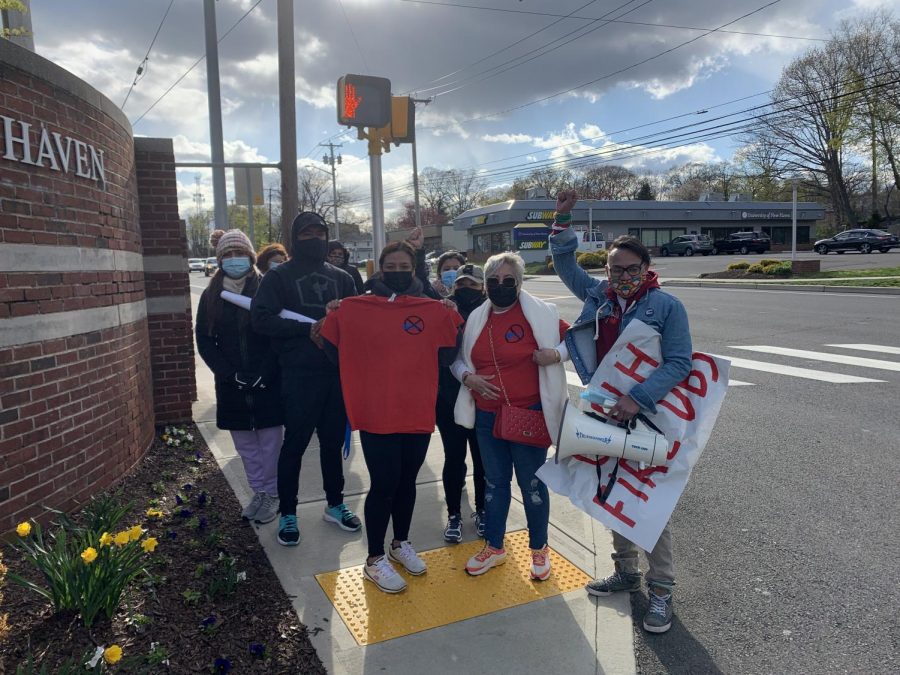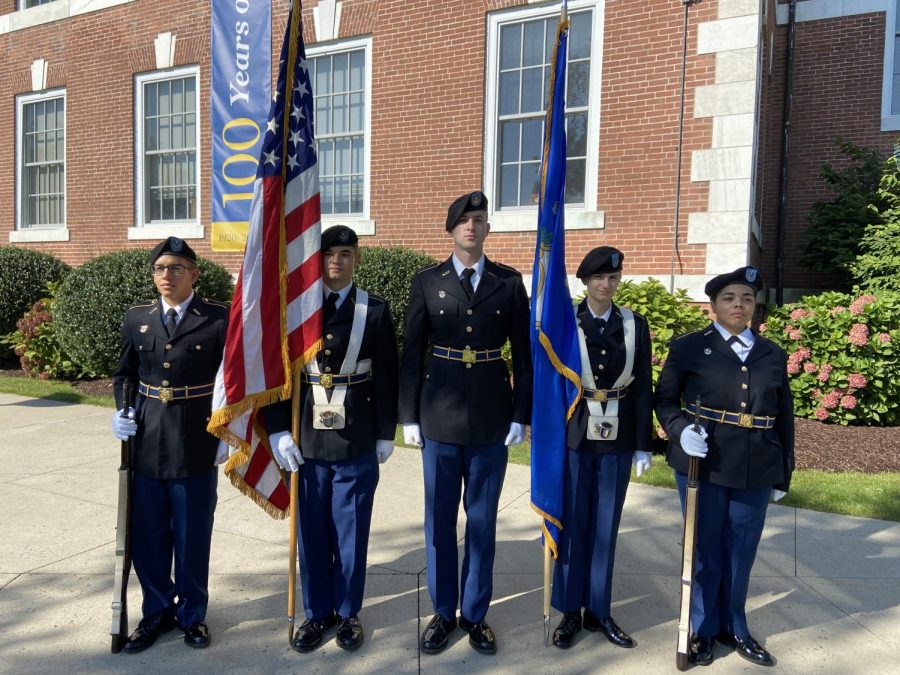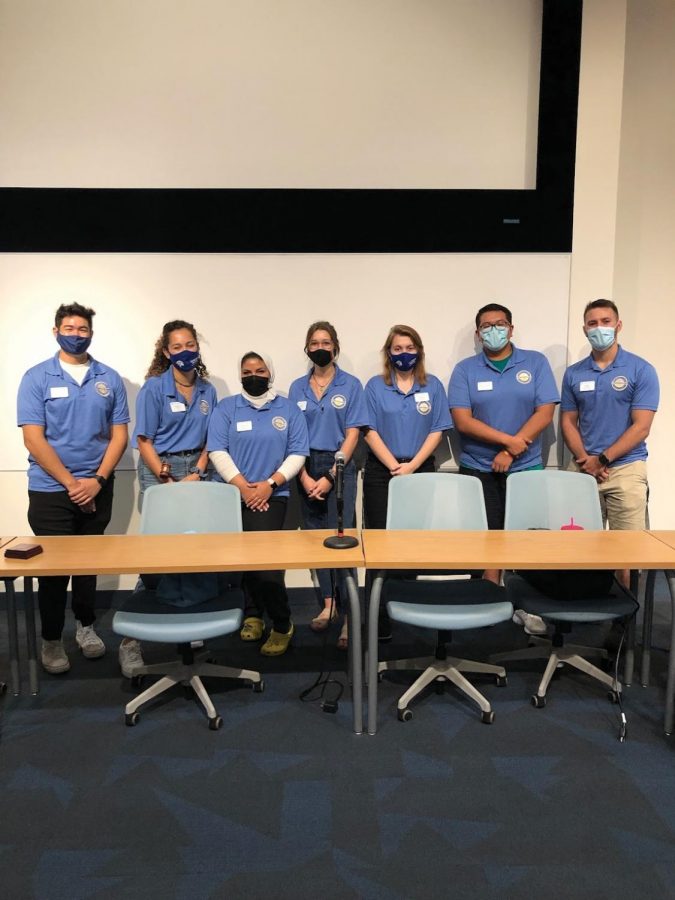Parents tell their children to be safe while they’re off at college, how to never go out at night without someone else, and to stay out of certain neighborhoods. Many like to joke about their concern and think they are fearless and untouchable, but there is some truth to their precautious sentiments.
On a recent survey by GoLocal Pro that assessed crime rates at universities in New England, the University of New Haven showed up 81 out of 100 on a list titled “The 100 Most Dangerous Campuses in New England.”
It was also joined by some other interesting attendees on the list, including Wesleyan at #15, Yale at #34, and Harvard at #69, with Mount Ida College holding down the #1 spot.
GoLocal used the Clery database, which is organized by the Clery Act that states that any school that offers federal financial aid must document and report crime on and off campuses. The crimes included burglary, property crimes, arson, manslaughter, sexual offenses, robbery, aggravated assault and murder. The data collected was that of from 2009-2011, and calculated an average crime rate per-year.
The statistics are on a weighted per-capita scale, and UNH’s statistics break down like so: burglary leads with 8, sex offenses is a 4, motor vehicle theft is a 3, aggravated assault is a 1, and a 0 for murder/non-negligent manslaughter, negligent manslaughter, non-forcible sex offenses, arson, and robbery.
Dr. Michael Jenkins, a professor at UNH, comments “It’s important that when we look at these types of numbers that we consider issues in victim reporting to police as well as in police reporting under Clery. We also want to be aware of not only the number of students, but also the number of other people who use those same areas for pleasure or business. Both the University of New Haven And Yale campuses are surrounded by heavily trafficked areas that are used for business other than that which involves the university. Each of these individuals is a potential victim of crime around University property, and therefore might report those crimes to university police. A crime rate which does not consider those individuals in the denominator does not give an accurate picture of ones likelihood of victimization on that campus.”
A simple thing to take away from this study is to constantly be paying attention to your safety and that of your peers. If you see or hear something suspicious, report it.










